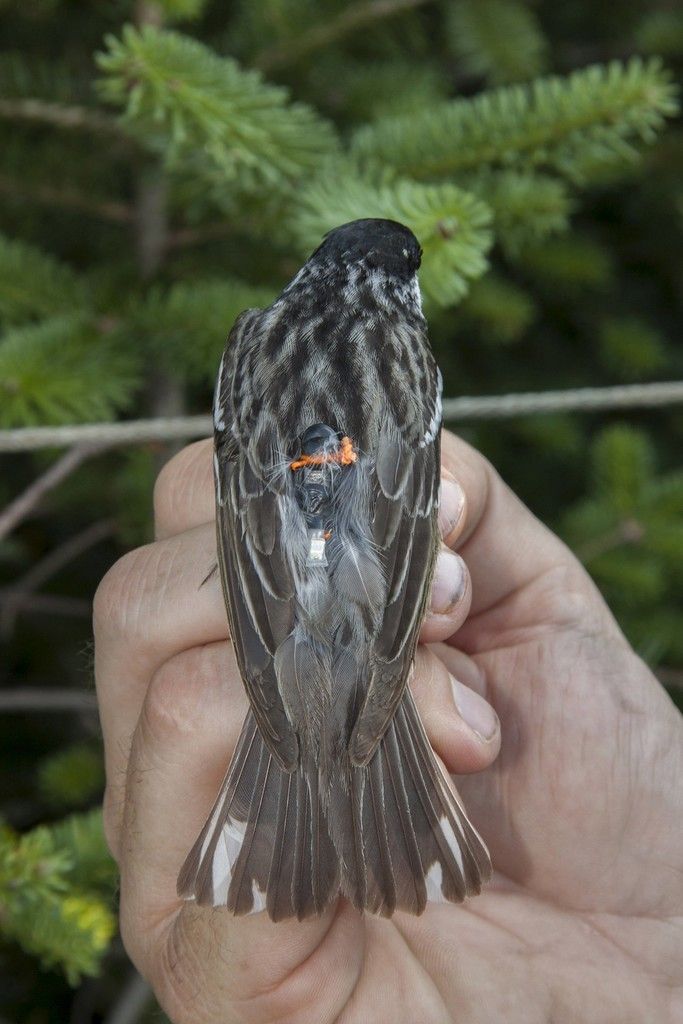Der kleine Streifenwaldsänger ist ein Langstrecken-Profi

Trotz eines Körpergewichts von gerade einmal zwölf Gramm sind Streifenwaldsänger echte Langstrecken-Profis. Im Herbst flattern die kleinen Singvögel auf dem Weg in ihr Winterquartier von Nord- nach Südamerika nonstop über den Atlantik. In nur zwei bis drei Tagen legen sie dabei zum Teil eine Strecke von mehr als 2500 Kilometern zurück. Das hat ein internationales Forscherteam herausgefunden. Foto: REUTERS